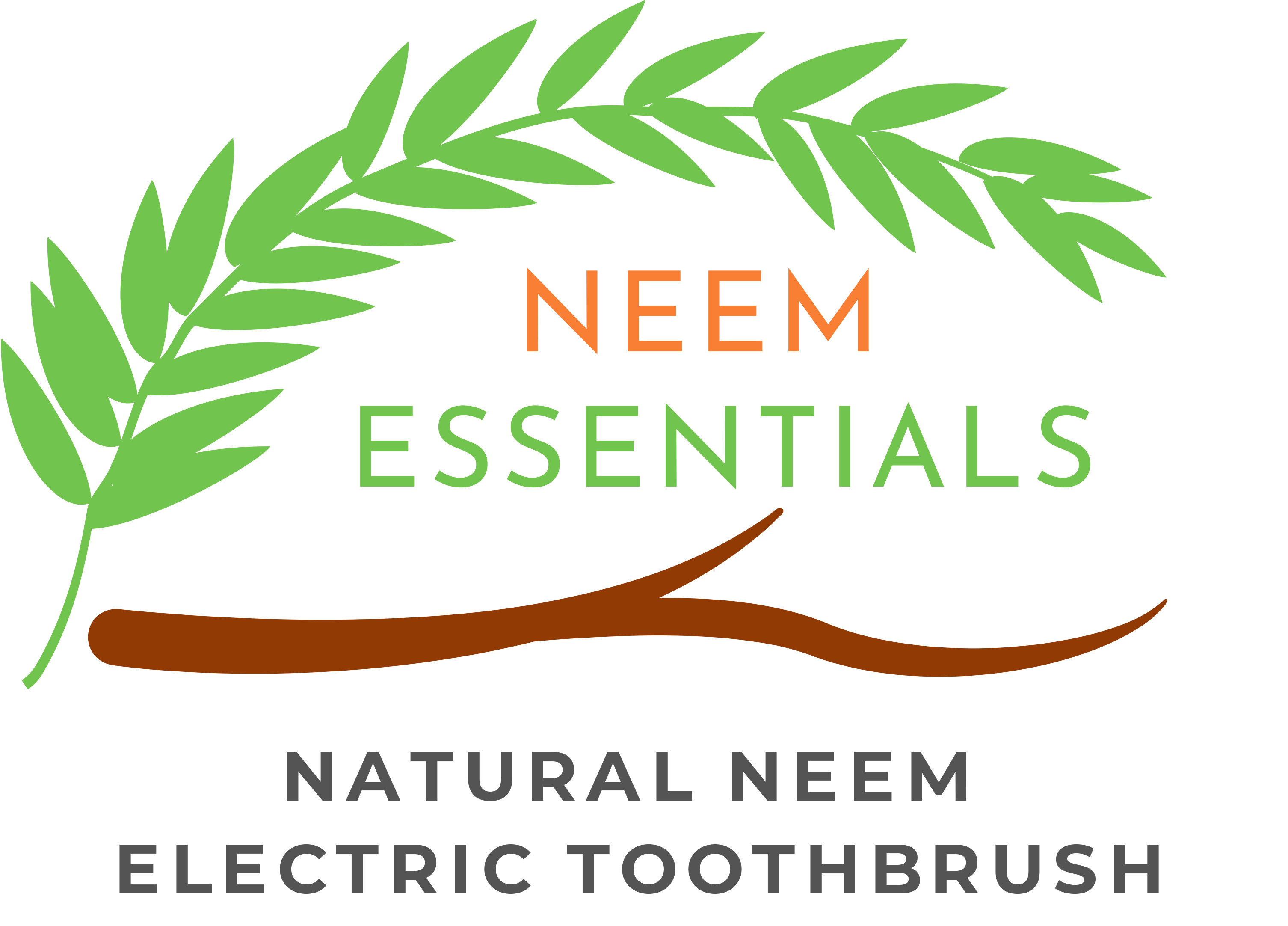Introduction:
In the hustle and bustle of city life, the concept of green living is gaining momentum. As urban areas continue to grow, so does the need for sustainable solutions to mitigate environmental impact. In this blog post, we’ll explore innovative ideas for sustainable urban living, turning concrete jungles into green oases where residents can thrive in harmony with the environment.
1. Vertical Gardens and Green Roofs:
Cities are evolving with a vertical twist, and one of the most captivating green innovations is the rise of vertical gardens and green roofs. These lush, living walls not only beautify urban spaces but also provide insulation, reduce the urban heat island effect, and improve air quality. Green roofs on buildings offer an additional layer of insulation, conserve energy, and capture rainwater, making them a sustainable and visually appealing solution.
2. Community Gardens and Urban Farming:
Transforming vacant lots or unused spaces into community gardens and urban farms brings nature back into the city. Residents can actively participate in growing their own food, fostering a sense of community and promoting sustainable agriculture practices. These green havens also contribute to increased biodiversity and provide a much-needed escape from the urban grind.
3. Smart Waste Management Systems:
Cities generate enormous amounts of waste, and managing it efficiently is a key aspect of sustainable urban living. Smart waste management systems use technology to optimize waste collection routes, reduce littering, and promote recycling. Waste bins equipped with sensors alert authorities when they are full, minimizing unnecessary pickups and reducing the carbon footprint of waste management operations.
4. Bike-Friendly Infrastructure:
Encouraging alternative modes of transportation is essential for reducing air pollution and traffic congestion in cities. Implementing bike-friendly infrastructure, such as dedicated bike lanes, bike-sharing programs, and secure bike storage facilities, promotes eco-friendly commuting. It not only reduces carbon emissions but also contributes to a healthier and more active urban lifestyle.
5. Renewable Energy Integration:
Transitioning to renewable energy sources is a crucial step in creating sustainable cities. Incorporating solar panels on rooftops, wind turbines in strategic locations, and even kinetic energy harvesting from urban activities can help power city infrastructure. By tapping into clean energy sources, cities can reduce their reliance on non-renewable energy and decrease their carbon footprint.
6. Smart Building Designs for Energy Efficiency:
The architecture of buildings plays a significant role in urban sustainability. Smart building designs focus on energy efficiency, incorporating features such as natural ventilation, energy-efficient lighting, and intelligent climate control systems. These innovations not only reduce energy consumption but also create healthier indoor environments for residents.
7. Green Transportation Initiatives:
Beyond electric vehicles, cities are embracing various green transportation initiatives. This includes the development of efficient public transportation systems, pedestrian-friendly zones, and electric public buses. By prioritizing sustainable modes of transportation, cities can enhance air quality, reduce traffic congestion, and make commuting more eco-friendly.
Conclusion:
Green living in the city is not just a utopian vision but an achievable reality with the implementation of innovative, sustainable ideas. As urban areas continue to evolve, it’s crucial to prioritize solutions that enhance the well-being of both residents and the environment. By embracing these innovative ideas, cities can transform into thriving, eco-conscious spaces that balance modern living with a commitment to sustainability. It’s time for urbanites to join hands in creating a future where the cityscape is synonymous with green, sustainable living.
Interested in Joining Our Journey to Reduce Artificial Chemicals in Your Body and Plastic Waste in Our Environment?
Learn about the Natural Neem Essentials Toothbrush!
No Toothpaste Required. Zero Artificial Chemicals. Zero Plastic Waste.
Better for You. Better for the Planet.

